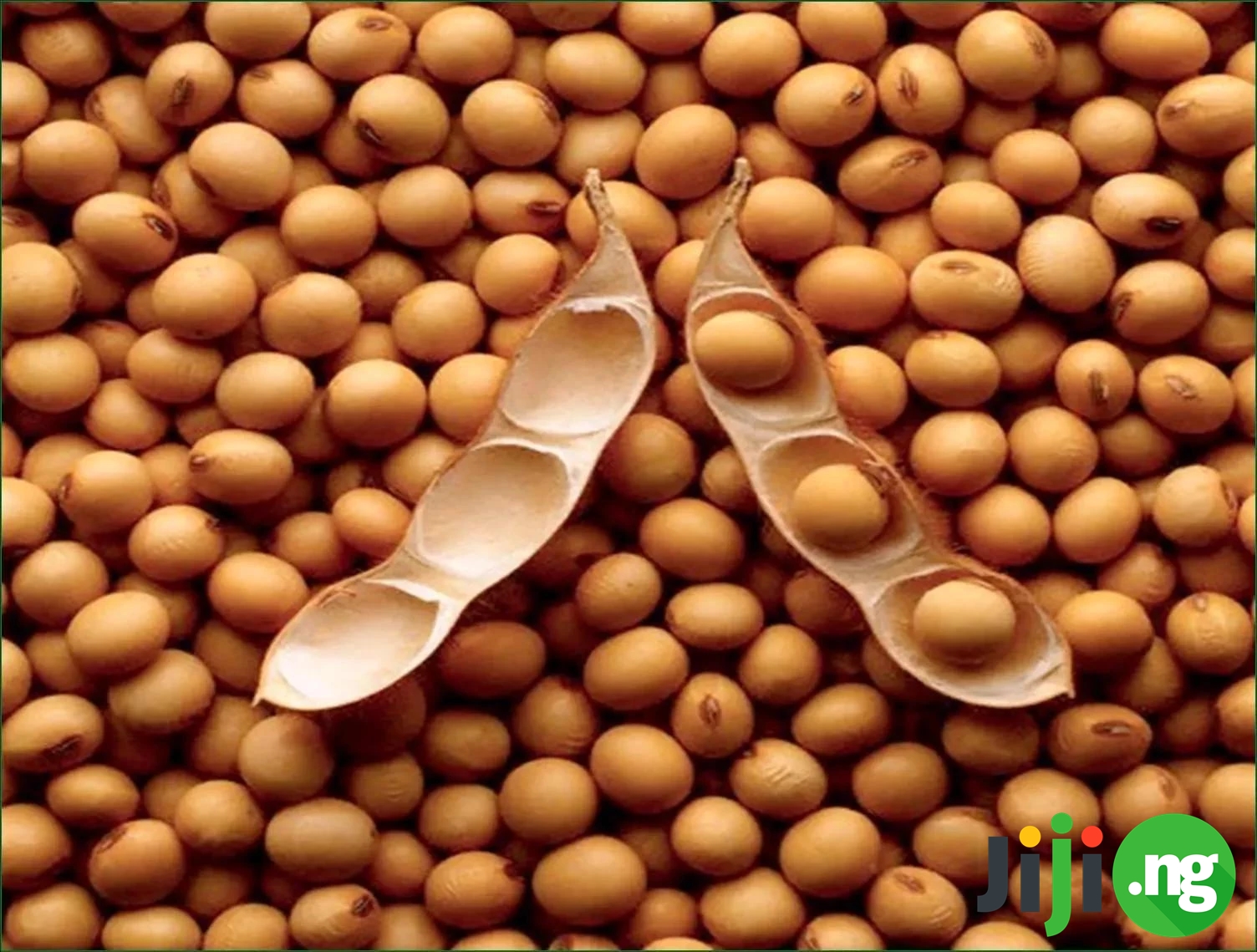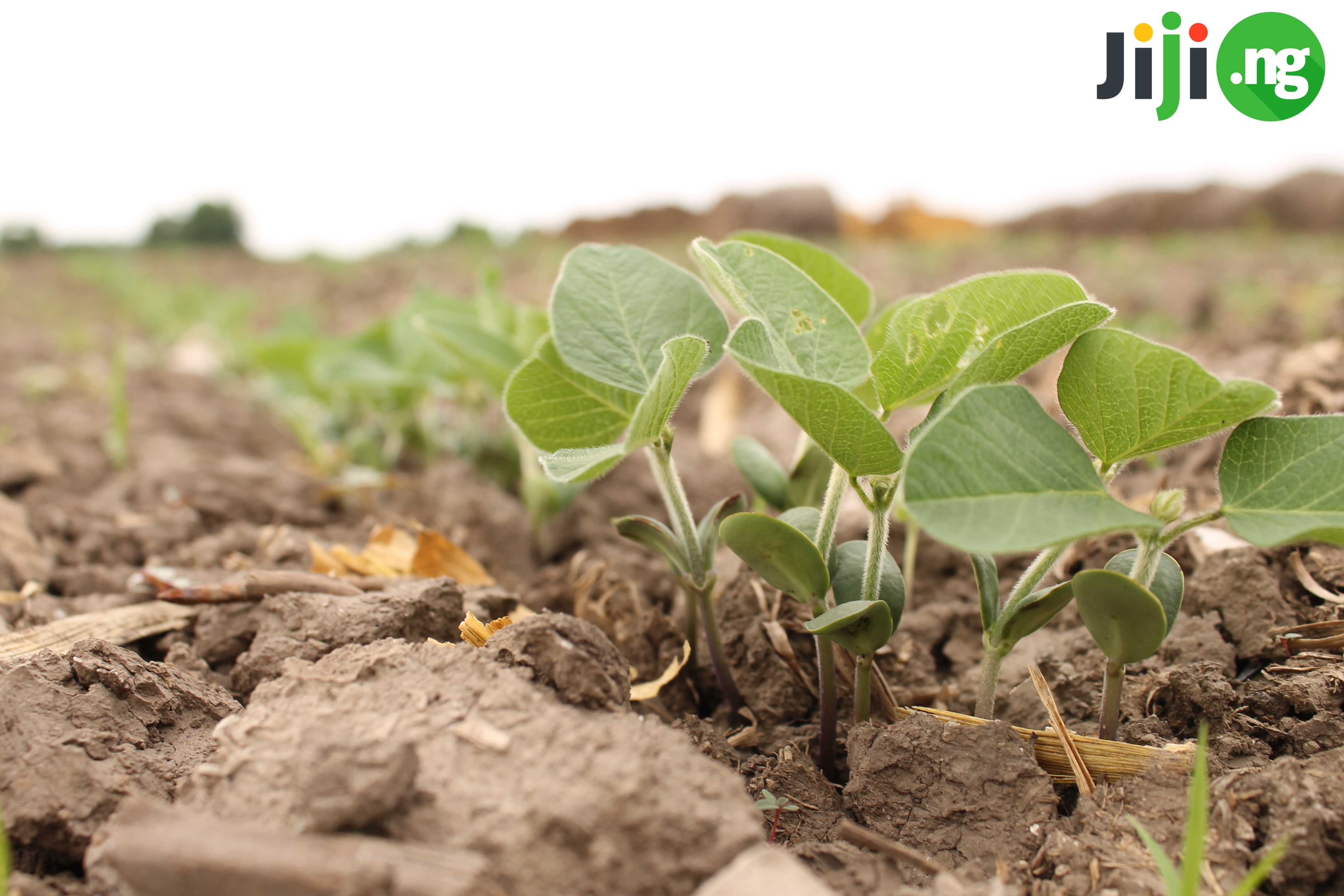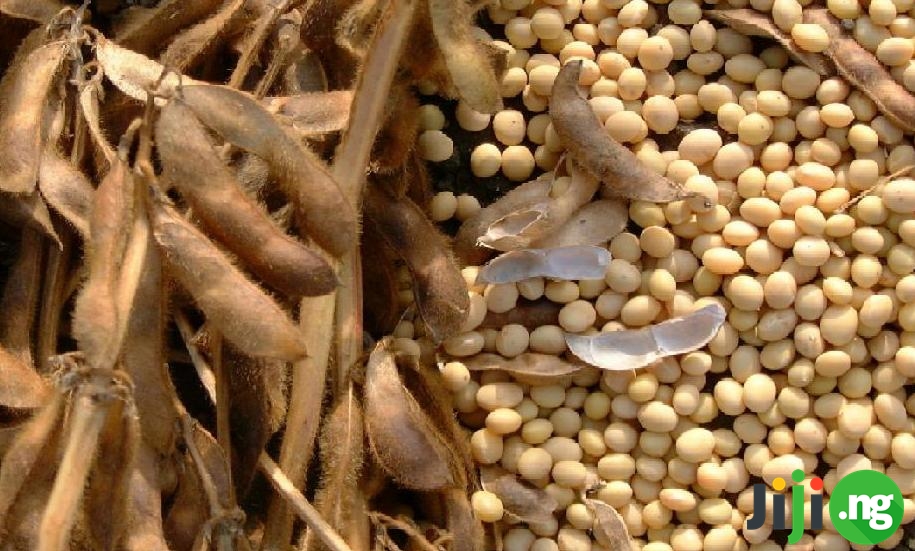Soya beans farming in Nigeria has become one of the most attractive business ideas recently. The demand for soybean production in Nigeria and abroad increases every year. Although the influence of soya beans farming on ecology is still questioned, it is complicated to deny the fact that bean farm can become a stable and profitable source of income.
Types of beans grown in Nigeria

Beans farming in Nigeria is not limited to soybean cultivation only. Nigerians are the nation, for which beans are in the list of basic products. They are used in traditional dishes and brand new recipes. Moreover, local climate benefits beans cultivation. As a result, Nigerians plant vast variety of beans:
- White beans
- Honey beans
- Black-eyed beans
- Red kidney beans
- Soya beans
- and much more!
Advantages of soybean cultivation

Logically, this diversity rises a question: why to choose soy? Actually, it is very simple. Soybean cultivation has both economical potential and positive properties. Let’s take a look at each argument separately.
If you were in a marketologist’s shoes, you’d certainly notice the following:
- One acre of land is enough for 50 bushes yield.
- One seed can produce up to 200 beans.
- You can grow it in your garden to test how it goes, and 1 acre is enough for commercial planting.
- The expenditure of soya bean only in Africa is 600 tons per year.
- Nigeria is the biggest soybean producer on the continent.
- This occupation can provide an employment for ⅓ of the population of the country.
- Soy is widely used as the alternative to dairy and meat products.
- The number of vegetarians increases, and they are only a part of target audience for sales.
If you’ve take a closer loom at the health benefits of soy, you’d find out the following:
- It normalized cholesterol levels.
- It contains omega-3 fats, which are essentia, for heart health.
- It provides the organism with minerals, including iron and magnesium.
- It is rich in probopiotics, which take care of your immunity and well-being.
- It is a rich source of fiber, calcium, and vitamin B12.
- It also contains isoflavours, which prevent different types of cancer.
How to start beans farming in Nigeria
Regardless of your location and scale of business you plan to start, soya bean farming is not complicated to start. However, all stages require some dedication and efforts. Let’s take a look at the basic stages in details.

Land selection
The initial stage of any planting business is land selection. It affects the whole system of production and the results of your work. The best option is to take a piece of land that has not been sown with soybeans previous year.
The field will be divided into ridges and furrows / beds and channels. It makes soybeans easy to access and water. The most important requirement is to choose a piece of land without any shadow. This is your guarantee that the beans will grow fast and produce maximum possible yield.
Seeds selection
Some things are obvious: you will achieve better results in case you pick seeds that come from reliable sources. Your supplier should be able to provide the warranty and confirm genetic purity or results. The seeds should not be damaged, diseased, or immature.
The type of seeds depends on the result you focus on. Green edible seeds are perfect for soybeans you grow to east. If you are more interested in producing flour or milk, yellow variations will be much better. Dried soybeans are the best if you use black beans.
Planting
The best planting season of beans in Nigeria is May. Ultimate soil temperature allows reaching the highest possible yield at the end of the season. It is possible to st a planting three weeks after the last frosts.

Use fertilizers wisely. Too much nutrients are harmful, bringing the same result as using too few of them. Inoculate the seeds before planting. They contain a lot of nitrogen, which slows down the process of consuming nutrients.
Sow seeds 4 cm deep in the soil, keeping the distance approximately 7.5 cm brtween them. The distance between rows should be 75 cm. Water the planted soybeans, but keep only until the soil is moisturized.
Cultivation
- Fence the territory to protect the plants from invaders.
- Thin out the corps. They should have enough space to grow stronger.
- Weed the area regular. Make sure nothing shades the beans for direct sunlight.
- Do not forget to water the plants frequently, when they are erupting, developing pods, and flowering. The rest of time additional watering is not needed.
Harvesting
Soybeans become mature in Septembe, when the pods are green and seeds are plump. The pods are approximately 5-7 cm long, when they are ready. This is when you may start to pick them.

Remove the soybeans. For this, blanch and shock the pods in boiling water for 5 minutes to prepare them. Squeeze to open the seams and get the beans out. They can be eaten immediately or stored. If you choose the latter option, process them through freezing, canning, or drying.
You may try everything in the small area of your garden just to test the process. Do not start large-scale business without preparation.










